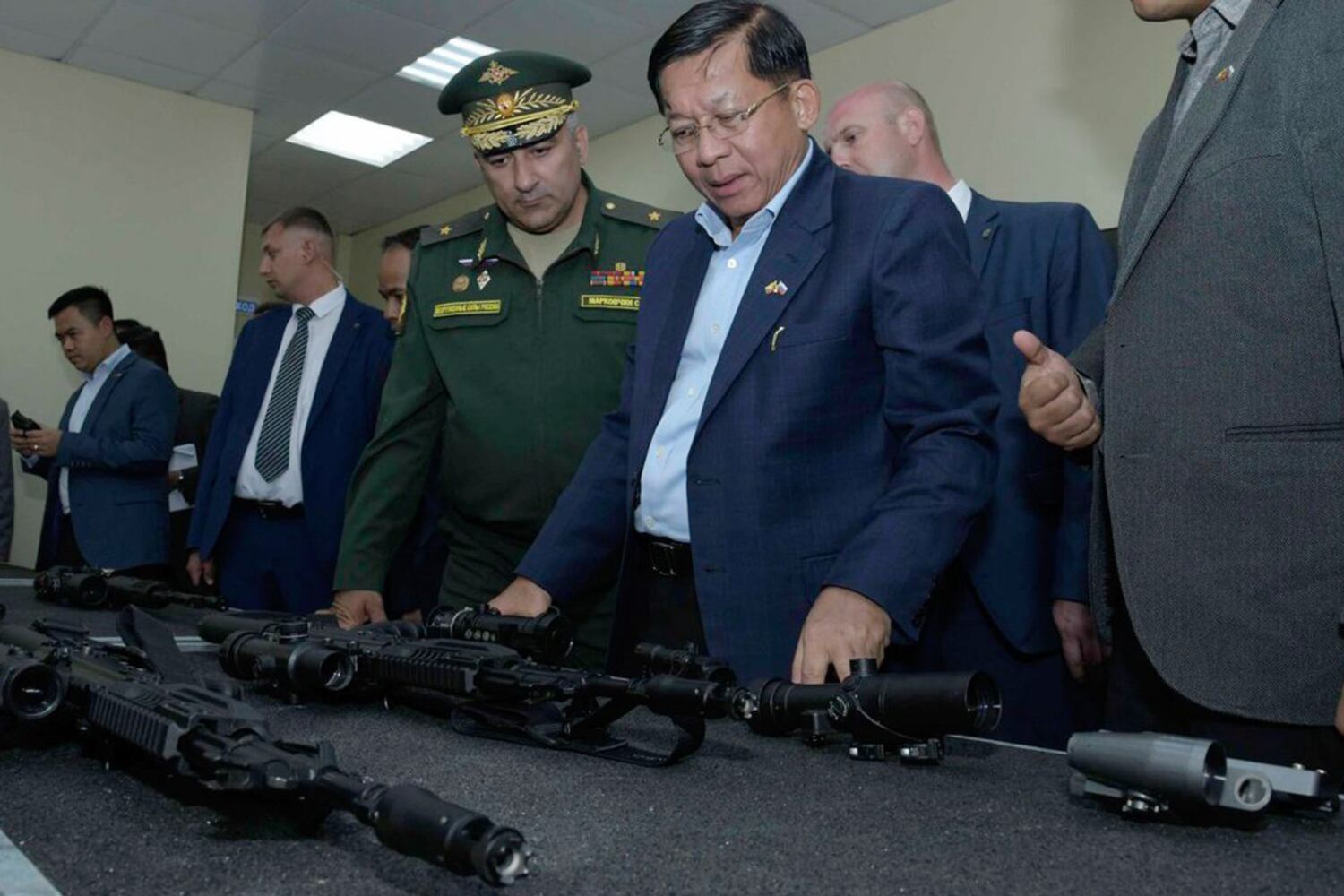BANGKOK – Vietnam’s economic growth will halve if sharply higher U.S. tariffs are implemented, an expert warned, highlighting the precarious situation for Southeast Asian countries despite a surprise 90-day reprieve from President Donald Trump’s tariff sledgehammer.
Southeast Asian nations face some of the highest tariffs threatened by Trump, which would burden even the region’s relatively wealthier countries such as Malaysia and Thailand. With limited options, many are offering concessions to the U.S. and avoiding retaliatory measures.
Vietnam, which sends about 30% of its exports to the U.S., is in a “precarious position,” said Nguyen Khac Giang, former head of political research at the Hanoi-based Vietnam Institute for Economic and Policy Research.
If the threatened 46% tariff on Vietnamese exports is enacted, annual economic growth would drop to 3%-4% from about 8%, he told an online panel organized by the ISEAS – Yusof Ishak Institute in Singapore.
“Half of our textiles and footwear is exported to the U.S.,” he said. A big rise in tariffs, Giang said, “could mean the mass layoff of millions of Vietnamese workers.”
“For Vietnam that would be very devastating because we are still in the period of development when we have to depend a lot on labor intensive manufacturing,” he said. “It could be very bad, not only for Vietnam’s economic development but also for stability.”
Trump on Wednesday announced a 90-day pause on higher tariffs for many countries hours after they were supposed to go into effect. At the same he raised tariffs on China to 145% after Beijing hiked its retaliatory tariffs against the U.S. to 84%.
Trump’s tariff shock therapy is purportedly aimed at encouraging a revival of American manufacturing, which fell as a share of the economy and employment over several decades of global free trade and competition from production in lower-cost countries.
Any changes could take years as many American corporations have made substantial investments in overseas production. Efficient manufacturing in the U.S., like elsewhere, also is reliant on components produced in other countries.
The impact of higher U.S. tariffs on Southeast Asian countries will be determined by how dependent each economy is on international trade and the U.S. in particular.
Some such as Vietnam have relied heavily on exporting to provide jobs and raise living standards and are reliant on both the Chinese and U.S. markets.
Other such as Myanmar, riven by civil war since 2021, have relatively little trade with the U.S., but business owners in the country told RFA that some industries and workers could still suffer.
“Myanmar’s exports are not that much going to the United States. However, what is being exported includes things like garments … as well as other finished goods such as bags and shoes,” said a business owner who didn’t want to be named. “These items will face some impact, although it’s relatively small.”
Indonesia, the biggest economy in Southeast Asia and the region’s most populous country with more than 270 million people, is insulated to a degree by its large domestic market and lower reliance on exports.
Malaysian exporters, meanwhile, are already discussing with U.S. customers how they can jointly absorb the cost of higher tariffs – which means both lower profits for the exporters already operating on thin profit margins and higher prices for American consumers.
The 46% tariff faced by Vietnam is the third highest among Southeast Asian countries and partly reflects U.S. accusations that Vietnam has become a conduit for Chinese manufacturers seeking to avoid U.S. tariffs on their goods.
Some administration officials have said one third of Vietnam’s exports to the U.S. are Chinese in origin. Research by Harvard and Duke universities, Giang said, shows the proportion is 2%-15%.
RFA Burmese contributed to this report.
Edited by Mike Firn.
This content originally appeared on Radio Free Asia and was authored by Stephen Wright for RFA.
This post was originally published on Radio Free.

